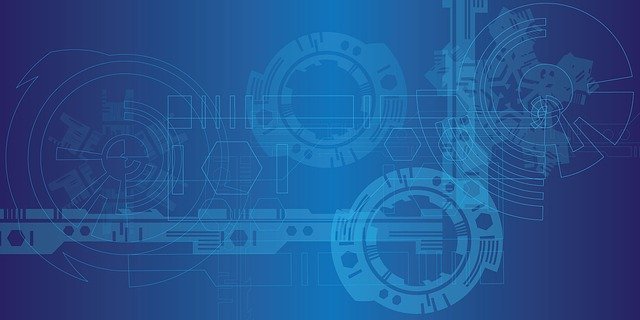
Companies study the potential impact of certain technologies on their activities.
The concept of foresight is used to refer to studies and research that are carried out with the aim of predicting the future in a certain area or issue . The term comes from the late Latin word prospectīvus , in turn derived from prospicĕre (which can be translated as “to foresee” ).
Anticipate progress
Technological prospective , therefore, is the analysis of existing perspectives in the field of technology . It is a process that aims to anticipate technical and scientific progress based on the examination of the current state.
Thanks to technological foresight, it is possible to identify strategic areas that may be relevant for development. In this way, valuable information is obtained that helps when making investment decisions, for example.
Generally, technological foresight contemplates different “possible” futures. The work of specialists consists of anticipating what could happen in certain contexts , allowing the use of the expected effects to be enhanced.
With technological foresight, in short, the aim is to help make good decisions and design strategies to promote progress , generating economic and social benefits for a community. It is possible to obtain these technologies in several ways, and a portion of the resources is generally dedicated to their internal development, to get to know them in detail before making the important decision to incorporate them into their essential activities. Other companies rely on research from third parties, such as universities .
Technology classes
It is important to consider that a distinction can be made between various kinds of technologies. To do this, it is necessary to rely on its potential degree of impact on the competitiveness of the company that intends to obtain it. According to the classification developed by the consulting firm Arthur D. Little , broadly speaking we can talk about key, basic, incipient and emerging technologies. Below we will see each of them in detail.
We start with the key technologies , which offer the greatest impact in terms of productivity and profitability, although access to them is limited. They allow companies that manage to master them to distinguish themselves from their competitors by offering higher quality and better features at a lower price. Base technologies , on the other hand, are those whose availability is broad for most companies in the same sector.

Technological prospective contemplates the dynamism in the classification of technologies.
In other words, all companies in a given sector know them very well because they are essential for their operation, for the manufacturing of their products. Consequently, these are not technologies that provide an advantage in the competitive field, as is the case with the previous ones; However, it is estimated that sooner or later all key technologies become these. Thirdly, we have incipient technologies , which are distinguished by being taking their first steps in development but, despite this, they show evidence of having great potential.
All this is measured based on the aforementioned competitiveness of the company, so that interest in one or the other always aims to improve this aspect as much as possible. Similar to the transformation we mentioned above, it is not uncommon for certain nascent technologies to become key over time, as long as they maintain their supposed potential. Finally we have emerging technologies , which have a certain resemblance to the previous ones, although their potential impact is still unknown. That is to say, they are also in an initial phase of their development and give some indication of the benefits they could bring to the company, but it is still too early to consider them incipient.
